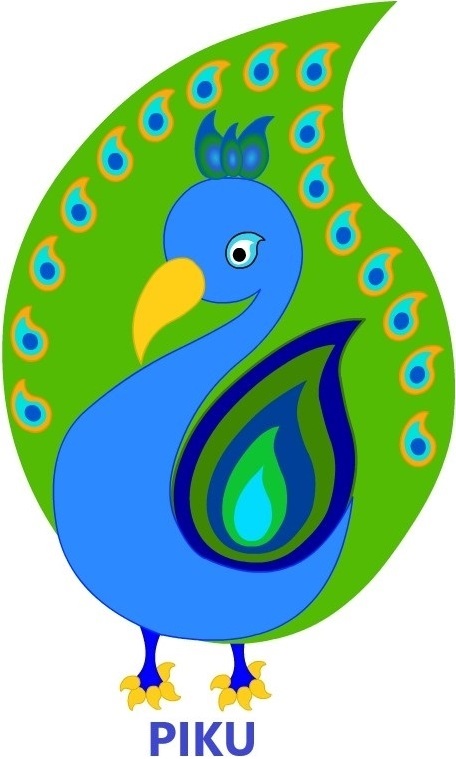Intensive program for addressing the quality aspects of drinking water particularly in rural areas
Rural drinking water supply is a State subject. The Ministry of Drinking Water and Sanitation (MoDWS) supplements the efforts of the States by providing them with technical and financial assistance under the centrally sponsored National Rural Drinking Water Programme (NRDWP) for providing safe and adequate drinking water facilities in rural areas of the country. Status of habitations in terms of drinking water supply in rural areas considering basic minimum requirement of 40 lpcd, as reported by States on Integrated Monitoring Information System (IMIS) as on 07/05/2015, is as under:
| S. No. | Category | No. of Habitations |
| 1 | Total no of rural habitations in the country | 16,96,664 |
| 2 | Fully covered (100% population coverage) habitations | 13,26,192 |
| 3 | Partially covered (with 40 LPCD) habitations | 3,07,190 |
| 4 | Not covered (0% population coverage with at least 40 lpcd) | 0 |
| 5 | Quality affected | 63,282 |
The MoDWS monitors primarily five major drinking water quality parameters, namely, Arsenic, Fluoride, Salinity, Iron and Nitrate which are generally found in ground water. As per the online data captured from Integrated Monitoring Information System (IMIS) as on 5th May 2015, States have reported 63,282 water quality affected rural habitations (Arsenic-1482, Fluoride-11309, Salinity-16289, Iron-32020 and Nitrate-2182) in the country which are yet to be provided safe drinking water. There are 25,698 rural habitations affected with arsenic, fluoride and heavy toxic metal contamination in drinking water as on 7th May 2015. Rajasthan, West Bengal and Punjab are the most affected with these contaminants.
Ministry of health and family welfare has identified 60 high priority districts affected by Japanese Encephalitis/ Acute Encephalitis Syndrome in five States namely Assam, Bihar, Tamil Nadu, Uttar Pradesh and West Bengal as per the breakup given below-
| S. No. | Name of the State | No of high priority Districts |
| 1 | Assam | 10 |
| 2 | Bihar | 15 |
| 3 | Tamil Nadu | 5 |
| 4 | Uttar Pradesh | 20 |
| 5 | West Bengal | 10 |
|
| Total | 60 |
Providing piped water supply using alternate safe water sources, preferably surface water, is the long term and sustainable solution to tackle all types of chemical contamination as per the status paper. However, since piped water supply schemes generally take about 4-5years, the MoDWS had started a new scheme for installation of community water purification plants in remaining fluoride, arsenic, uranium and other heavy toxic metals & pesticides/fertilizers affected rural habitations in the country for providing safe drinking water to the people at risk as an interim measure.
For more information: http://indiawater.gov.in/imisreports/nrdwpmain.aspx










